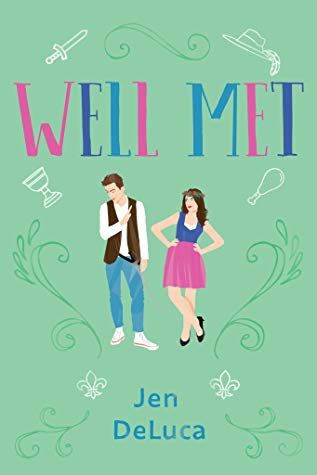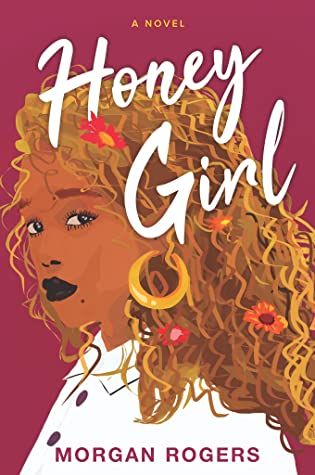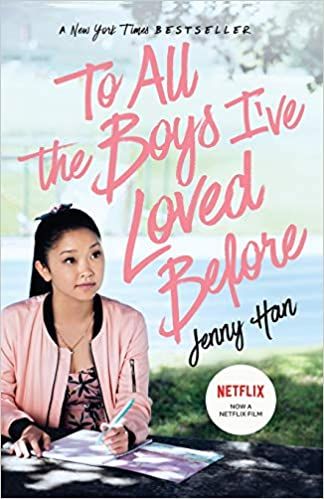
This content contains affiliate links. When you buy through these links, we may earn an affiliate commission.
There’s a style of romance books I have always loved, and while I once thought they were the norm, I’ve since discovered they’re not: single point of view (POV) romances. For as long as I can remember, romance novels written from only one perspective have been my favorite. As I’ve read more widely in the romance genre though, I’ve come to realize dual POVs, or books that switch between the love interests, are more common. Despite this, I remain steadfast in my preference for one perspective in romance books.
I love reading romances, and I enjoy writing them too. When it comes to finding people who actually want to read my writing, I lucked out with the delightful writing critique group I discovered at a Barnes and Noble in my town (shoutout to my writing crew!). We’ve been meeting twice a month for years now, and these fellow writers have become dear friends of mine. When we meet, we read aloud samples of our writing and then the group provides constructive feedback. It was during one of these meetings where I first became aware that my single POV romance novel was not usual for the genre.
After sharing an early chapter in my draft, one of the group members commented that while single POVs are not often standard in romance, she thought it worked well in my novel. This comment took me by surprise, but I realized she had a point. My love for reading single POV romances had translated into me writing a romance novel from a single POV. Yet when I reflected on the romances I’d read recently, more often than not, they included dual perspectives. Romance novels such as Seven Days in June, The Kiss Quotient, Hani and Ishu’s Guide to Fake Dating, The Flatshare, Get a Life, Chloe Brown, This is My Brain In Love, and Ayesha At Last, all followed this style of alternating narrators.

Don’t get me wrong, I loved all of these dual perspective romances. However, I can sense that my preference still resides with single POV love stories. Romance novels such as The Love Hypothesis, To All the Boys I’ve Loved Before, The Henna Wars, Well Met, One True Loves, Red, White and Royal Blue, Beach Read, Honey Girl, and It Sounded Better in My Head all take place inside the head of only the main character. These are the romance books I fall hardest for.
Kissing Books Newsletter
Sign up for Kissing Books to receive news, book recommendations, and more for residents of Romancelandia.
Thank you for signing up! Keep an eye on your inbox.
By signing up you agree to our terms of use
In a blog post, romance writer Winter St. James reflects on single POV vs. dual POV romances. She highlights the disparity between the two styles, remarking, “I’d say the vast majority of romances are written from dual perspectives, but that doesn’t mean single POV is dead.”
So, Why Don’t We Have More Single POV Romances? And What’s So Great About Them?
Oh, the Tension…

St. James shares her thoughts on a benefit to the single POV romance, noting, “Not knowing exactly what one protagonist is thinking can be an excellent source of tension.” I couldn’t agree with her more, and this is one of the reasons I love single POV romances. When I’m only inside the head of the main character, I’m craving to know the hidden thoughts of the love interest. At the same time, I don’t want to be explicitly told them. Instead, I want to read between the lines to determine their feelings based off what they say and how they act.
St. James goes on to counter the idea of creating tension though, explaining that,”If you keep one protagonist blank, you might gain tension, but you may lose that sense of intimate connection with that character. And if the reader feels a real connection to both protagonists, it can make the romance deeper and more affecting.”
I can see where St. James is coming from, and why it is many romance writers will choose to write dual perspectives for this very reason. However, I’d argue that I can feel a real connection to a book’s love interest without being inside their head. How’s that, you may wonder?
Aligning With Real Life Experiences of Love
Single POV romance books mirror falling in love in real life. We can’t read the thoughts of the ones we love in our own lives. When we’re catching feelings for someone, we have to muddle our way through it, including all of the awkward moments, misread signals, and agonizing inner debates over whether or not the other person actually likes us back. That’s how falling in love works. When I read a book that places me in the head of only one character, I get to vicariously live that relatable experience.

As the protagonist second guesses their love interest’s feelings, I’m right there with them, cringing and sweating the load too. When the love interest suddenly shows their feelings through their words or actions, I’m flooded with butterflies of joy. Whether it’s as straightforward as a profession of love, or as subtle as a shared look or a spark from an accidental touch, I’m right there with the protagonist internally shrieking with delight, heart fluttering in dizzy excitement and surprise.
Falling in love with fictional characters is one of my favorite past times. When I read romance, I want to experience the romance as if I am the main character. I can’t be inside the other person’s head because that’s not how romance works in real life. I want to experience it as true to the real experience as I can. A single POV romance allows me this opportunity.
What Do You Think?
How do you feel about POV’s in romance? Are you a single POV or dual POV fan? Do you like living in the head of just one person, or do you need be inside multiple? Can you form a connection to the main character and the love interest(s) if you’re only reading from one perspective? To dig further into the topic of POV’s in romance, take a look this Rioter’s thoughts.
And, if you haven’t read many single POV romances, I recommend checking them out. As you live inside the head of just the protagonist, I hope you feel that echo of how falling in love in real life feels like too.
